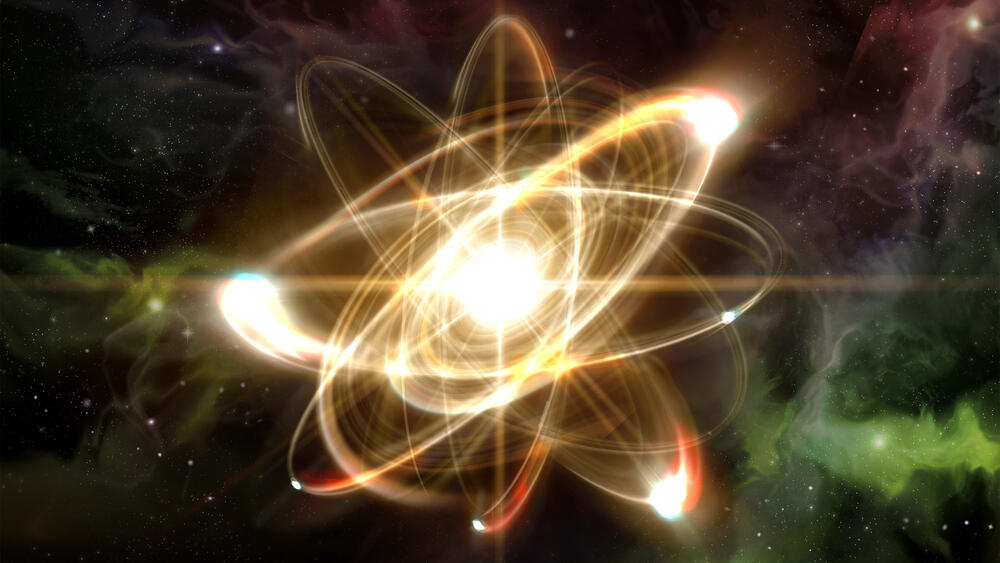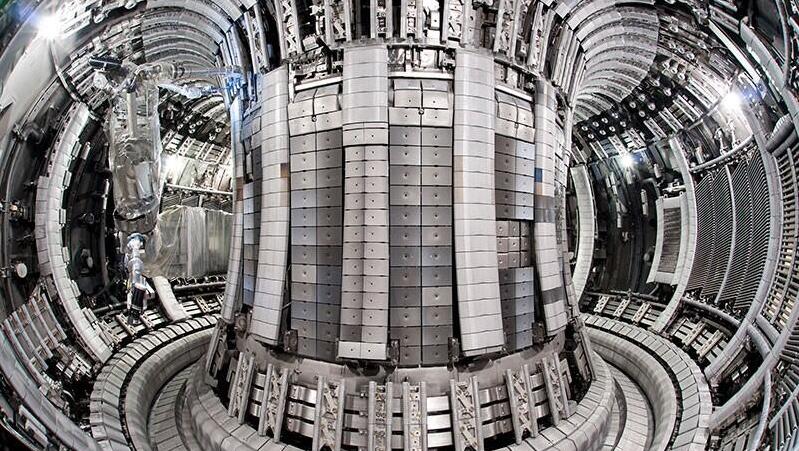U.S. scientists on Tuesday revealed a scientific advance on fusion energy which, if it can make the leap from labs to commercial generation of electricity in coming decades, could help the fight to curb climate change.
Scientists at the Lawrence Livermore National Lab in California on December 5 for the first time briefly achieved a net energy gain in a fusion experiment using lasers, the U.S. Energy Department said. The scientists focused a laser on a target of fuel to fuse two light atoms into a denser one, releasing the energy.
Kimberly Budil, the director of Lawrence Livermore, told reporters at an Energy Department event that science and technology hurdles mean commercialization is probably not five or six decades away but sooner. "With concerted effort and investment, a few decades of research on the underlying technologies could put us in a position to build a power plant," Budil said.
Scientists have known for about a century that fusion powers the sun and have pursued developing fusion on Earth for decades.
Arati Prabhakar, director of the White House Office of Sciences and Technology Policy, said the experiment represents a "tremendous example of what perseverance can achieve."
Nuclear scientists outside the lab said the achievement will be a major stepping stone, but there is much more science to be done before fusion becomes commercially viable.
Tony Roulstone, a nuclear energy expert at the University of Cambridge, estimated that the energy output of the experiment was only 0.5% of the energy that was needed to fire the lasers in the first place.
"Therefore, we can say that this result ... is a success of the science – but still a long way from providing useful, abundant, clean energy," Roulstone said.
The electricity industry cautiously welcomed the step, though emphasized that in order to carry out the energy transition, fusion should not slow down efforts on building out other alternatives like solar and wind power, battery storage and nuclear fission.
"It's the first step that says 'Yes, this is not just fantasy, this can be done, in theory,'" said Andrew Sowder, a senior technology executive at EPRI, a nonprofit energy research and development group.



